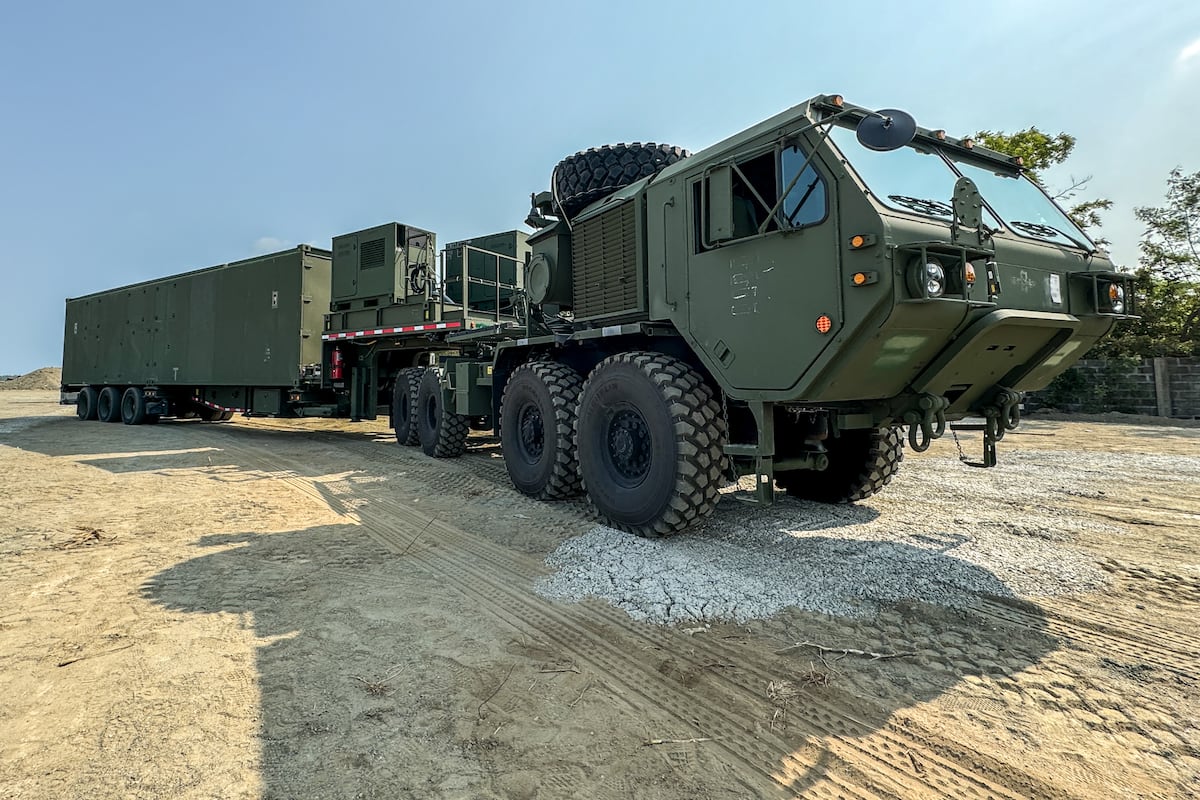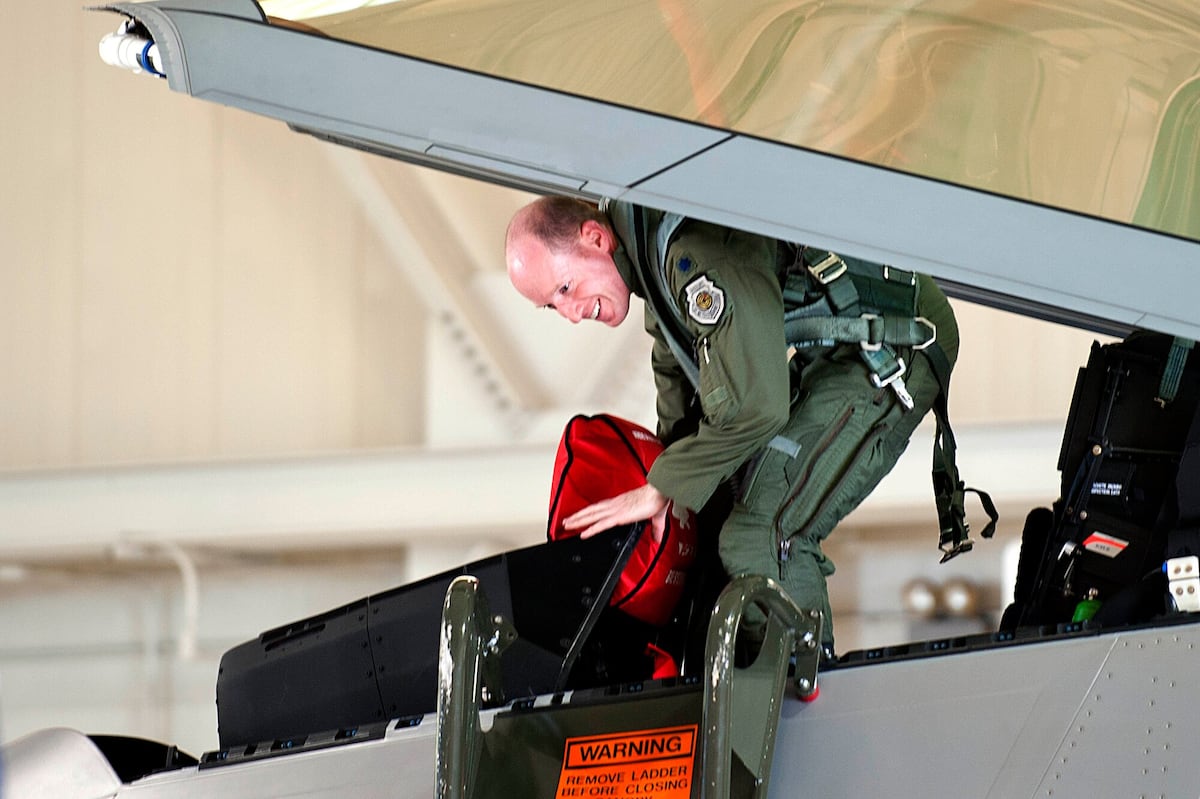COLOGNE, Germany — Lockheed Martin has vowed to make haste in building Typhon strike missile launchers for Germany if Berlin and Washington can finalize a sales agreement.
The promise of speedy delivery is the centerpiece of the manufacturer’s pitch to Germany. Lockheed’s “hot production” line in Moorestown, New Jersey, could pump out launchers in time for Berlin’s envisioned fielding time a year from now, Edward Dobeck, program director of launching systems, told Defense News in an interview.
That is, if the two governments succeed in moving quickly through the foreign military sales process that governs such transactions, Dobeck added.
In Germany, the proposed purchase will also have to pass parliamentary consideration after the summer break, which could turn controversial given the weapon’s intended purpose.
German Defense Minister Boris Pistorius announced July 16 Germany’s interest in the system as a means to bolster the country’s deterrence posture vis-à-vis Russia. He said Typhon would serve only as a counterstrike capability, threatening punishment if Moscow were to attack first.
The Typhon, a containerized, land-based version of the Mk-41 vertical launch system installed on many Western warships, can fire missiles up to 2,000 kilometers, including Tomahawks and SM-6.
The U.S. Army commissioned the weapon’s naval-to-land repurposing, and Biden administration officials had planned to field the launcher, named Mid-Range Capability in the ground service’s lingo, to combatant commands across the globe, including Europe.
In the Army’s nomenclature, one MRC battery includes four Typhon launchers with four cells each, for a total of 16 missiles to be loaded at once; a command-and-control shelter; a reloader; and a support vehicle.
When the U.S. Army embarked on the MRC program in 2020, it was intended to fill an urgent capability gap to hit moving targets at land and at sea, which was left open in the wake of the service’s failed cross-domain upgrade to the Army Tactical Missile System. That effort experienced a variety of technical problems and delays.
The Army fielded the new capability in three years.
According to Dobeck, Lockheed has delivered two batteries to the service and completed production of the third last month. The company is now beginning production for the fourth and final battery currently under contract.
German officials consider the potential Typhon buy as a gap-filler for an eventual European program, dubbed ELSA, that would fulfill the continent’s mid- and long-range strike needs.
As such, Berlin defense leaders have stressed that the utility for the Bundeswehr, the armed forces here, would be fleeting.
The German government’s vision of buying, owning and operating Typhons independently comes as Pistorius has portrayed the acquisition as linked to a German-U.S. pact from a year ago aimed at temporarily stationing mid-range weapons in Germany by 2026 on a bilateral basis.
That announcement on the sidelines of the 2024 NATO summit in Washington came at a time when U.S. plans to field mid-range strike capabilities — presumably Typhon — to key worldwide commands anyway were still alive and well.
Since Donald Trump took office as president in January, those machinations are no longer set in stone. Results of a Pentagon global force posture review, which could upend capability deployment plans for Europe, are expected in the fall.
Dobeck, the Lockheed executive, said the company has been in touch with Germany’s Diehl Defence and Rheinmetall about local partnering on Typhon.
European missiles for purposes other than strike, including Diehl’s Iris-T and the Franco-Italian Aster anti-air missiles, could eventually be fired from the U.S. launcher, he said.
Jen Judson in Washington contributed this report.
Sebastian Sprenger is associate editor for Europe at Defense News, reporting on the state of the defense market in the region, and on U.S.-Europe cooperation and multi-national investments in defense and global security. Previously he served as managing editor for Defense News. He is based in Cologne, Germany.
Read the full article here








Leave a Reply